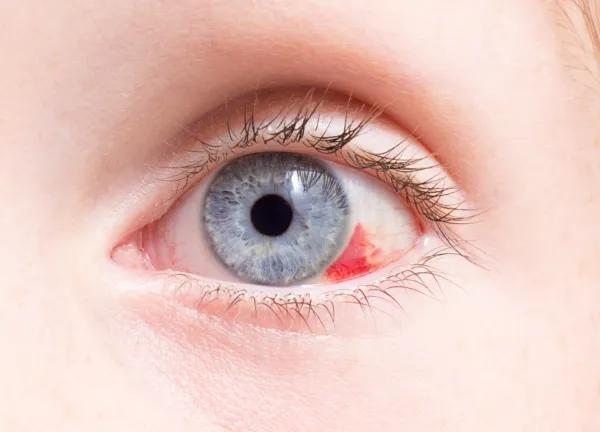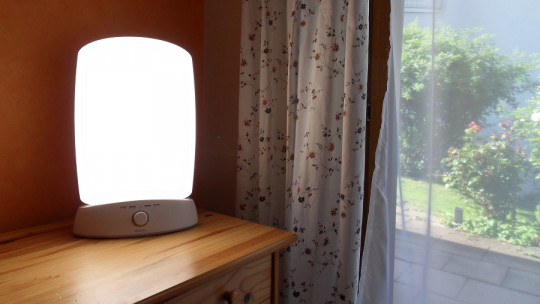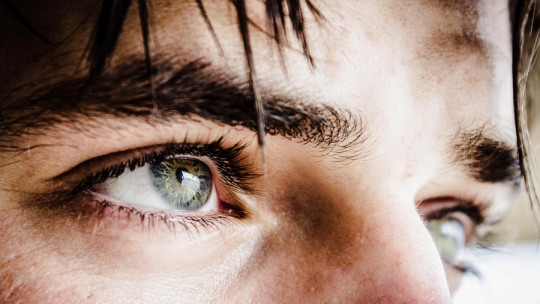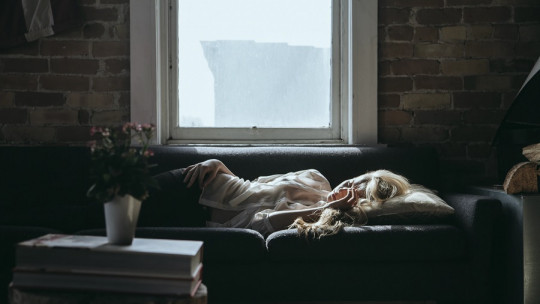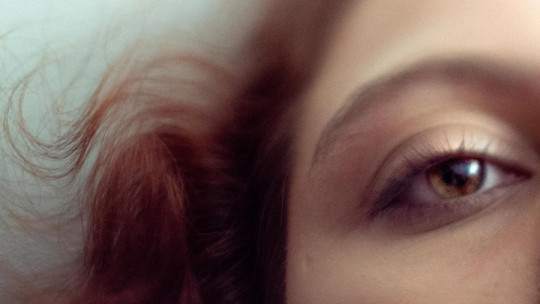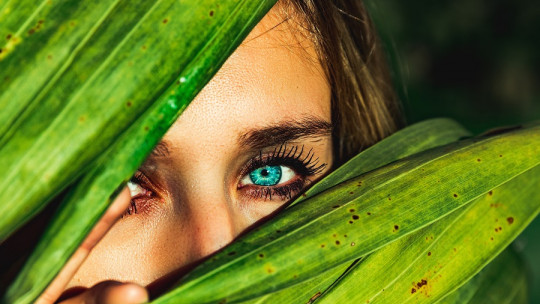
We leave the house and the sunlight blinds us, having to wait a few moments for our eyes to adjust to the level of luminosity. At night they shine a lamp or flashlight in our eyes and we close them, again annoyed and with our eyes somewhat irritated.
These are situations that we have all experienced at some point and in which the level of light has caused us a certain feeling of discomfort. Although it is generally normal, there are many people for whom exposure to light is a frequent discomfort or who are especially sensitive to it. These are those who suffer from photophobia
What is photophobia?
Photophobia is considered to be the presence of a high sensitivity to light stimulation that generates a sensation of pain or discomfort upon exposure to lighting sources of varying intensity. Those who suffer from it find the luminosity of some stimulating sources annoying. It can appear in varying degrees, ranging from superficial discomfort when faced with very intense light sources to intolerance of most light sources.
These light sources can be both natural and artificial. It is usually especially noticeable in those situations in which there is a sudden transition between environments with different luminosities.
When exposed to intense light sources, the subject usually feels the need to close their eyes, tearing and redness of the eyes. It is common for the subject with photophobia to present symptoms such as dizziness, headache (which is very prevalent), vision problems or gastrointestinal problems such as nausea and even vomiting.
Symptoms and effects
This can generate the presence of alterations in the daily life of the person with photophobia, which can generate social and even work-related adaptive problems (for example, when faced with the light emitted by computers) that lead to behavioral avoidance, isolation or feelings of inadequacy or low self-esteem due to the consequences of photophobia. It can also generate situations of great danger due to the ease of being dazzled in environments where one is working with heavy machinery or where great precision and eye-hand coordination are required.
Photophobia is a very common problem that is generally not caused by any condition and does not pose a major problem, but sometimes and especially when it appears suddenly or when faced with low levels of lighting, it may be linked to the presence of another alteration of varying severity, being then a symptom of a disorder to be treated.
Possible causes and contexts of appearance
Photophobia is considered to be caused mainly by the activation of nociceptors or pain receptors from the trigeminal nerve in the presence of excessive light. This activation is what causes the sensation of discomfort and eye pain that occurs when exposed to light
Among the elements that can generate this activation, we usually find first the presence of problems or diseases of the eyeball itself such as the presence of conjunctivitis, inflammation of the eye due to an infection such as herpes, diseases such as glaucoma or cataracts or the presence of injuries, scratches, surgical wounds or burns (including those resulting from prolonged exposure to sunlight). The regular use of contact lenses facilitates its appearance. It also usually appears after eye surgeries.
In addition to alterations directly linked to the eye, It is possible and common for photophobia to occur when faced with elements, injuries and diseases that affect the brain An example is found in meningitis, or in meningeal or brain tumors. It is also common in people with migraines (photophobia being the reason why they usually lock themselves in the dark until the headache passes). It is common in other situations such as drug or alcohol poisoning (it is quite common in hangovers) or substance poisoning. Other diseases such as botulism or measles can also cause it.
But not only do we find elements linked to disorders and injuries, but there are also innate and non-harmful biological variables that also influence the probability of suffering from photophobia. One of them is eye pigmentation: it has been shown that those people with light-colored eyes tend to be more intolerant to light intensity. The same happens with people with albinism. Likewise, it is very common that with age, as the eye ages, a certain degree of photophobia appears. Finally, it can also appear due to the use of certain medications, such as those that cause pupil dilation or some antibiotics.
Treatments
The treatment of photophobia must take into account that the first thing is to determine its causes, since in some cases it could arise from serious health problems. Generally, the type of treatment will be linked to the phenomenon or cause of its appearance
If it is due to an infection, it is common to use eye drops containing antibiotics that can stop it, as well as anti-inflammatories. In the case of problems such as cataracts or glaucoma, surgery may be necessary.
In the case of tumors in the eye or brain, resection or removal through surgery, radiation and/or chemotherapy can greatly reduce symptoms. If photophobia occurs due to injuries, surgical wounds or abrasions, it will be necessary to carry out specific treatment for each type of injury. In some cases, such as a superficial wound or after surgery, the problem will resolve over time.
In any case, in all cases it is advisable to avoid exposure to intense lights, often prescribing the use of sunglasses both outdoors and indoors. It is also common to indicate the need to lower the light level of the usual environment if it causes problems. It is necessary that the eye be clean and properly hydrated, using artificial tears if necessary. The consumption of vitamin B12 in our usual diet is also recommended. If it occurs on its own and in the absence of another medical condition that causes it and must be treated, it may be useful and advisable to apply desensitization procedures so that the patient can gradually tolerate greater luminosity.
Given that it is not uncommon for some of these people to have photophobia and the measures taken to address it, it is life-altering. The application of psychological therapy may be necessary in cases where depressive or anxiety symptoms occur Likewise, depending on the conditions for which it occurs (for example a brain tumor), psychological counseling and psychoeducation of the affected person and their environment may also be useful.

